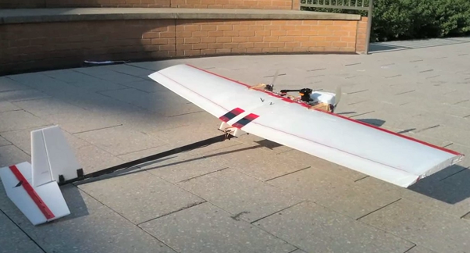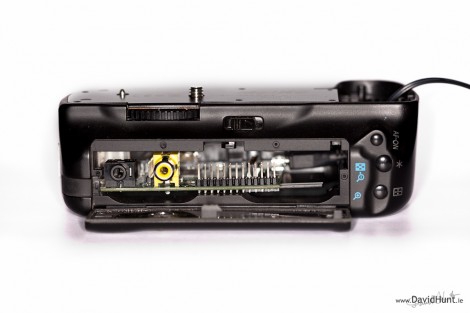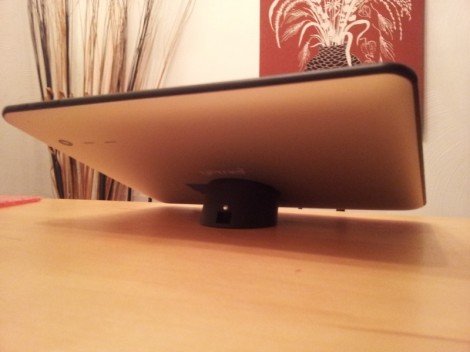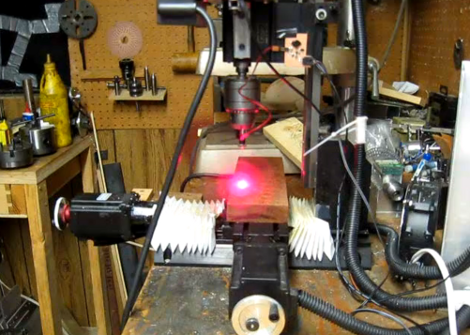
We’ve got something of a love affair going on with quadcopters, but there’s still room for a little something on the side. This fixed-wing drone can pull off some pretty amazing navigation. MIT’s Robust Robotics Group is showing off the work they’ve done with the plane, culminating in a death-defying flight through a parking garage (video after the break). This may not sound like a huge accomplishment, but consider that the wingspan is over two meters and repeated runs at the same circuit brought it within centimeters of clipping support columns.
Unlike the precision quadcopters which depend on stationary high-speed cameras for feedback, this drone is self-contained. It does depend on starting out with a map of its environment, using this in conjunction with a laser rangefinder and inertial sensors to plot its route and adjust as necessary. We think the thing must have to plan a lot further ahead than a quadcopter since it lacks the ability to put on the brakes and hover. This is, however, one of the strengths of the design. Since it uses a fixed-wing approach it can stay in air much longer than a quadcopter with the same battery capacity.
Continue reading “Autonomous Fixed-wing Drone Threads The Needled In A Parking Garage”
















